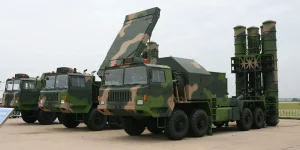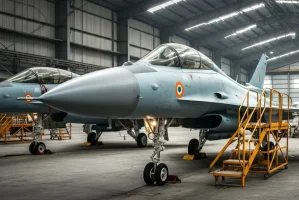
The Indian government, under Prime Minister Narendra Modi, has embarked on an ambitious journey to transform the nation's defence industry. The "Make in India" and "Atmanirbhar Bharat" initiatives have ushered in a series of reforms aimed at boosting domestic production and reducing reliance on imports. While progress has been made, with increased production and exports, significant challenges remain.
The government has set a bold target of achieving ₹1,750 billion ($26 billion) in defence production by 2025, including exports worth ₹350 billion ($5 billion). This goal underscores the ambition to not only meet domestic needs but also establish India as a major exporter of defence equipment.
However, the road to self-reliance is paved with challenges. Scaling up production to match the procurement needs of the armed forces remains a significant hurdle. The industry's research and development capabilities need to be significantly strengthened to reduce dependence on external sources for technology and materials. Moreover, streamlining the government's procurement decision-making process is crucial to ensure timely production and delivery.
Despite these challenges, the reforms initiated by the government have yielded positive results. Increased production and exports, coupled with a large number of in-principle approvals for future domestic production, signal a promising trend.
Experts believe that the success of these initiatives hinges on continued efforts to address the challenges and expedite reforms. The government's commitment to self-reliance in defence has the potential to not only bolster national security but also position India as a global player in the defence industry.
As the nation progresses on this path, stakeholders are keenly observing the developments, recognizing the significance of a strong and self-reliant defence industry in an increasingly complex geopolitical landscape.





